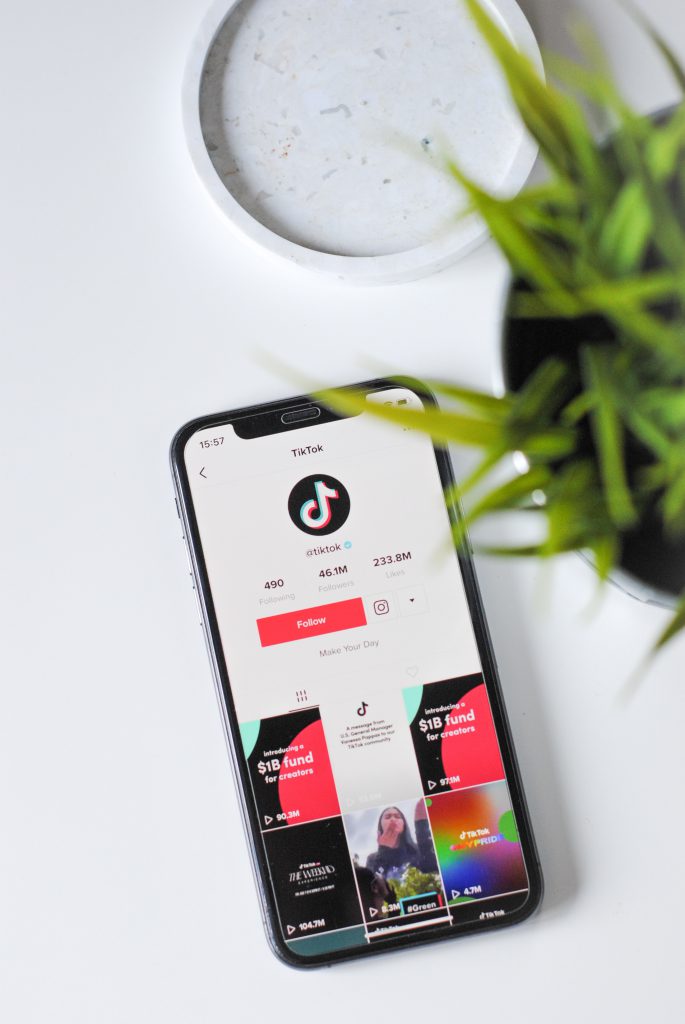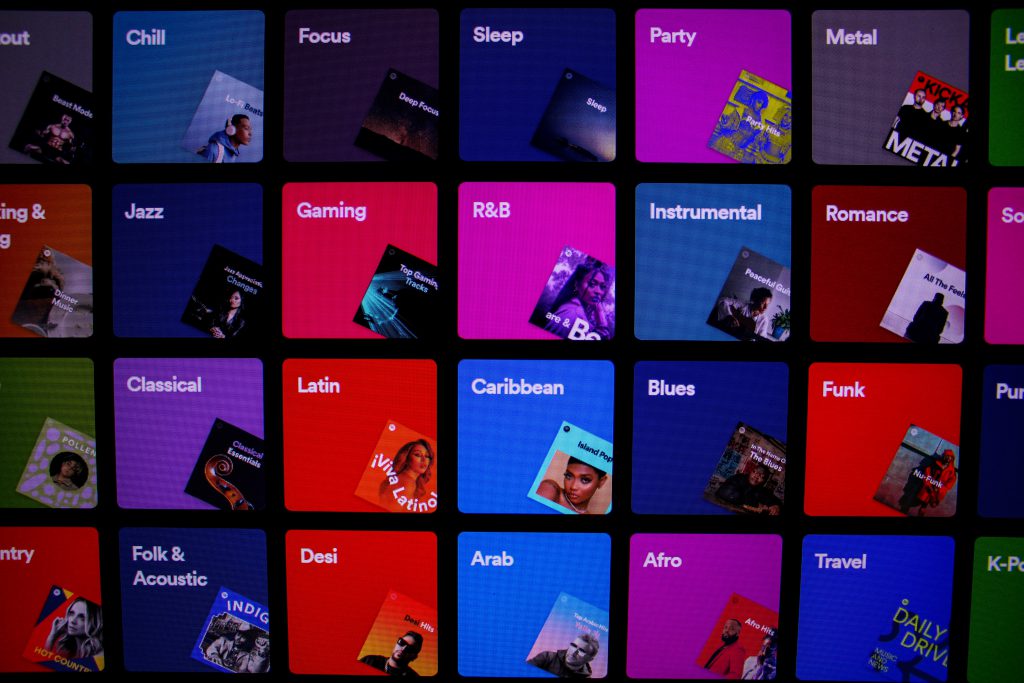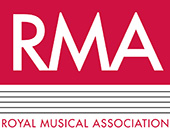A method for formulating a new research topic – by Jacob Simmons
Devising a robust topic and submitting a proposal is that ever-intimidating first task for those looking to undertake a piece of research. Yet given the inevitability of this crucial first step, advice for students and prospective researchers tends to presume that they’ve already stumbled upon something they’d be interested in pursuing. After all, why would someone be seeking advice on writing a proposal, unless they had something to propose?
In reality, however, things don’t tend to be as cut and dry. Especially for longer papers, the prevailing good-sense tends to emphasise the importance of originality, timeliness and a line of enquiry that brings together multiple disciplines in a fashion that will make a proposal stand out in a sea of other similarly jargon-heavy, 2500 word long, 1.5 line-spaced, black and white documents. Given the wide breadth of topics that fall within the brackets of “study of music”, sating these requirements can appear intimidating. Considering this, it is helpful to consider a strategy that can be employed in order to think creatively and tease out the area that is both exciting and contributes successfully to the chosen discipline. The strategy I find most helpful, is contextualisation.

It is easy to view the practices employed by music industry professionals and music-makers as a series of consistent reinventions in-line with the latest destabilisation catalysed by the emergence of a new platform or changing technologies. Music industry commentators have a tendency to stress this turbulence. Books such as “The Death and Life of the Music Industry in the Digital Age”(Rogers, 2013) highlight this seemingly consistent revolution of the production and consumption practices of music industry, and so the tempting questions to posit are: “How can I find a research topic that addresses contemporary issues of a constantly changing environment whilst demonstrating appropriate academic rigour, despite the fact that the practices of the sector are only as old as the technology on which they rely? And “How can my research remain relevant in his turbulent environment?”
In an attempt to answer these questions, let’s take the example of “prosumer behaviour”, as described by Kris Thakrar: “The tools of creation and channels of consumption are becoming one and the same” (Thakrar, 2021). This, on the surface, is a highly contemporary phenomenon, the latest iteration of which sees social media platform TikTok announcing plans to embed music distribution services into its application through a new service entitled “Sound On” (Paine, 2022). With this “prosumer” trend, we see the centralisation of production, distribution and consumption onto one platform. This is a compelling starting point for a research topic, and so a useful next step may be to assess any possible repercussions of such a phenomenon. Aaron Barr (2022) has recently reported on digital marketing news website “Marketing Dive” that in the under-35 market, TikTok currently sits as the fifth most-watched video service in the UK, and second most-watched in the US.

Therefore, if TikTok exists as one of the most popular free to download content-consumption and creation platforms, a service in which individuals can distribute their music directly to a TikTok specific music library without having to go through a third-party distributor will greatly lower the barriers to entry. Given the widespread popularity of the TikTok platform, it can be suggested that the tools of production, distribution and consumption of music have been greatly democratised.
This may appear to be a great sea change in the logic of the music industry, enabled by changing consumption habits, which in turn have been catalysed by innovation in platform technology. All very modern. However, if we were to analyse the fundamental change that has occurred, it may read something like this: “previously, the lines between producer, distributor and consumer were well established. Now, however, the lines between producer, distributor and consumer have been blurred.”
Once the fundamental change, unencumbered by the specificities of the current environment, has been established we can begin to contextualise the change through historicisation. Peter Tschmuck has written extensively about disruption in the music industries, and so his work is a good place to start. Utilising some of his arguments found in 2012’s “Creativity and Innovation in the Music Industry”, it can be seen that, as is the case with most industrial processes, much of the successful distribution of music relies on the latest developments in technology (Tschmuck, 2012). However, as Tschmuck points out, it is rare that the technology itself has been created for a specifically music-centric purpose (Tschmuck, 2012).
Momentarily moving the focus away from TikTok, there have been other relatively recent cases of disruption as a result of seemingly unrelated technology: heard of Spotify?
Despite the fact that Spotify has had considerable influence on the consumption and distribution of music since its inception in 2008 (Dubner, 2019, Ellis-Peterson, 2016). It is important to note that the platform wasn’t a solution posed by the major players within the recording industries themselves. Instead, it was developed as a legal technological solution to the vast media piracy prevalent in Sweden (its country of origin) at the time, utilising the same peer-to-peer file sharing system that had previously crippled recorded music sales through its adoption by piracy websites such as Napster and Lime-wire (Fleischer, Snickars, 2017, Fox, 2001). The fact that the commodity of choice was music, was purely coincidental and in large part due to limitations in internet download speeds (Fleisher, Snickars, 2017).
Already, we can begin to view two names so commonly conflated with the music industry: TikTok and Spotify, as two services that, despite having a massive effect on the way we consider the distribution of music, were separately intended. This will allow us to better assess the motivations behind various decisions made by the two platforms, and make sense of the possible outcomes incurred as a result of these decisions. Nevertheless, by continuing to look backwards, we can generate a deeper line of questioning beyond the immediate effects of the disruption itself.

Consider the advent of commercial broadcasting in the 1920’s: whilst originally used as an instrument for communication during the first world war (once again, a very separate space to the one inhabited by music industry), the post-war dissemination of the technology across a variety of commercial settings presented new opportunities for the distribution of music (Hudson, 2011).
Vested parties saw this emergence in broadcasting technology as dangerous competition to the then-dominant phonographic industry, and so rather than embrace commercial radio’s potential for easier promotion and distribution of sound recordings; they sought to reject this emergence; rubbishing the idea that a curator would determine the music that a consumer would hear (Tschmuck, 2012). This was a mis-step. Smaller sound recording distributors began to capitalise on the marketing opportunities heralded by radio, sending the major players of the phonographic industry into a recession lasting half a decade and thus toppling the previously-held oligopoly.
Let us now connect the dots between the advent of radio, and the advent of Spotify, two events with one hundred years between them. Through analysis of both, it can be suggested that technology emerges as a result of differing environment-specific factors (in these cases, world war 1, or widespread internet adoption). This technology poses novel new methods for completing industry-related tasks, such as distribution, but these are largely dismissed by the most profitable organisations due to the fact that their current paradigms appear to work effectively.
In spite of this, smaller and newer parties, carrying less risk, may adopt the technology and use it to the expense of the larger conglomerates. Consequently, the monopolies held by the larger conglomerates are challenged. This challenge can have damaging effects if mis-handled, as has been the case for the recording industry in the 1920’s and again in the late 1990’s and early 2000’s.
Returning to TikTok and our earlier questions: “How can I find a research topic that addresses contemporary issues of a constantly changing environment whilst demonstrating appropriate academic rigour, despite the fact that the practices of the sector are only as old as the technology on which they rely? And “How can my research remain relevant in this turbulent environment?” What questions about the relationship between TikTok and the music industry can historical contextualisation help generate?
“Why is it that powerful parties within music industry continually appear to reject new technology, despite adverse consequences being incurred?”
“Is there an analogy that can be drawn between the phonographic industry’s rejection of radio curators, and the current music industry’s suspicion of algorithmically recommended content, such as that seen on TikTok?”
“How have changing music distribution paradigms, such as those brought about by the influence that TikTok has had, effected the form of the product being distributed?”
Searching for patterns by moving backwards has changed TikTok’s position in the research from the subject, to the vessel through which larger questions about the nature of the music industry can be examined. In this way, the researcher can draw on a wealth of historical literature, whilst examining a highly contemporary subject, yet contribute to the answering of a question that will continue to be relevant even as the nature of the industry continues to change. Tik-Tok may be considered history in ten years, but the events that have allowed TikTok to occur, if the last hundred years are anything to go by, will likely be repeating themselves once again.
I find this to be a highly effective way to go about generating lines of enquiry in order to truly hone in on a research area. It isn’t quite as catchy to describe as “find an idea you love!”, so I can understand why it doesn’t make it in to “how to write a research proposal in 10 easy steps”, however, if you do look backwards so that you can look forward, it will certainly make the nine remaining steps an awful lot easier.
Jacob Simmons
Email: jacobsimmons150@gmail.com
About the Author
Jacob Simmons graduated from the University of Liverpool in 2022 with an MA in Music Industry studies. His dissertation explored the relationship between regional narrative, personal context and cosmopolitanism through a focus on jazz musicians in the North of England. His main research interests are the political economy of music industry, cultural policy and subculture. He hopes to begin PhD study in 2023.
Bibliography
Baar, Aaron. (2022), “TikTok Replaces Netflix as Second Most-Popular App for Those Under 35”, Available at: https://www.marketingdive.com/news/tiktok-netflix-gen-z-video-broadcast-app/634594/ (Accessed: 25/11/22)
CUNY TV. (2017) “The Wisdom of Elders – Shabaka Hutchings, The Open Mind.” (Online Video) Available at: https://www.youtube.com/watch?v=MJpOIJac35k (Accessed: 25/11/22)
Dubner, Stephen. (2019), “How Spotify Saved the Music Industry (But Not Necessarily Musicians”, Available at: https://freakonomics.com/podcast/spotify/ (Accessed: 01/11/22)
Fox, G. (2001), “Peer-to-Peer Networks”, Computing in Science and Engineering, 3(3). Doi: 10.1109/5992.919270
Fleischer, Rasmus, Snickars, Pelle. (2017), “Discovering Spotify, a Thematic Introduction”. Available at: http://pellesnickars.se/wordpress/wp-content/uploads/2017/11/ introduction_fleischer_snickars.pdf (Accessed: 30/11/22)
Hudson, Dean (2011), “Disruptive Distributions in the Music Business, Part 1: An Historical Perspective”, The Four Peaks Review, 1(1), pp.37-48. Available at: https:// digital.lib.washington.edu/researchworks/handle/1773/47835?show=full (Accessed: 01/12/22).
Paine, Andre (2022). “Tik-Tok Rolls out Pre-Release Feature for Music Distribution Platform Sound
On”, Available at: https://www.musicweek.com/digital/read/tiktok-rolls-out-pre-release-featurefor-music-distribution-platform-sound-on/086274 (Accessed: 30/11/22)
Rogers, Jim. (2013) “The Death and Life of the Music Industry in the Digital age”, London, Bloomsbury
Thakrar, Kriss (2021) “Social Media is Becoming a Social Studio” Available at: https:// www.midiaresearch.com/blog/social-media-is-becoming-a-social-studio (Accessed: 25/11/22)
Tschmuck, Peter. (2012), “Creativity and Innovation in the Music Industry”, New York, Springer.
Royalty free images taken from Unspalsh.com
